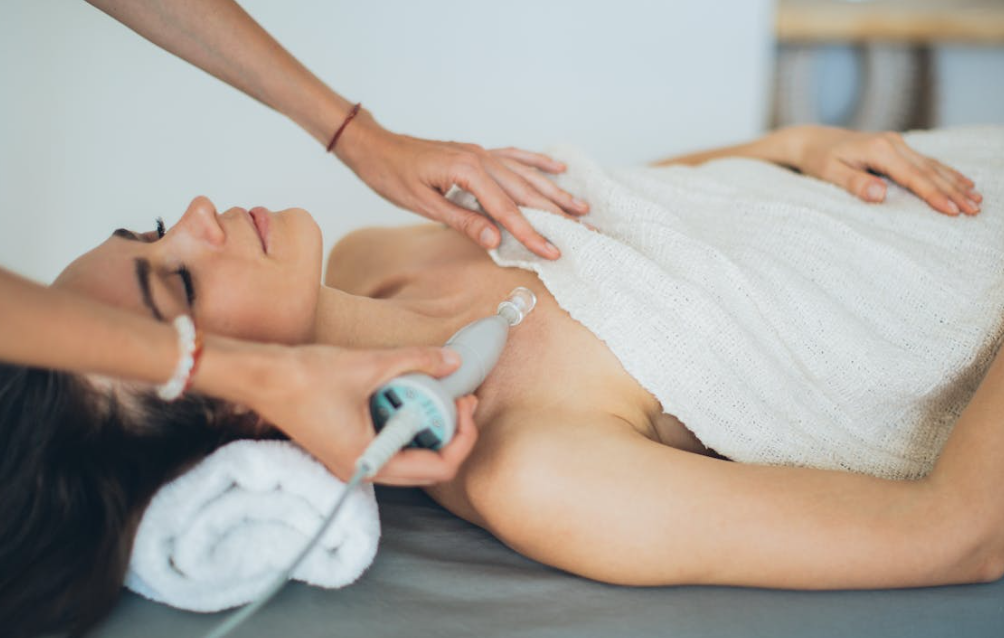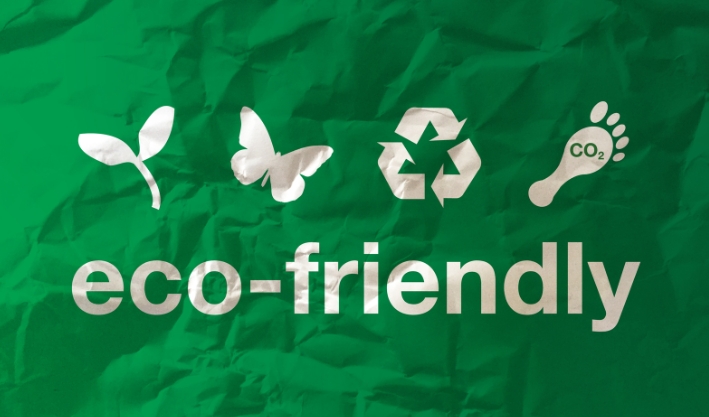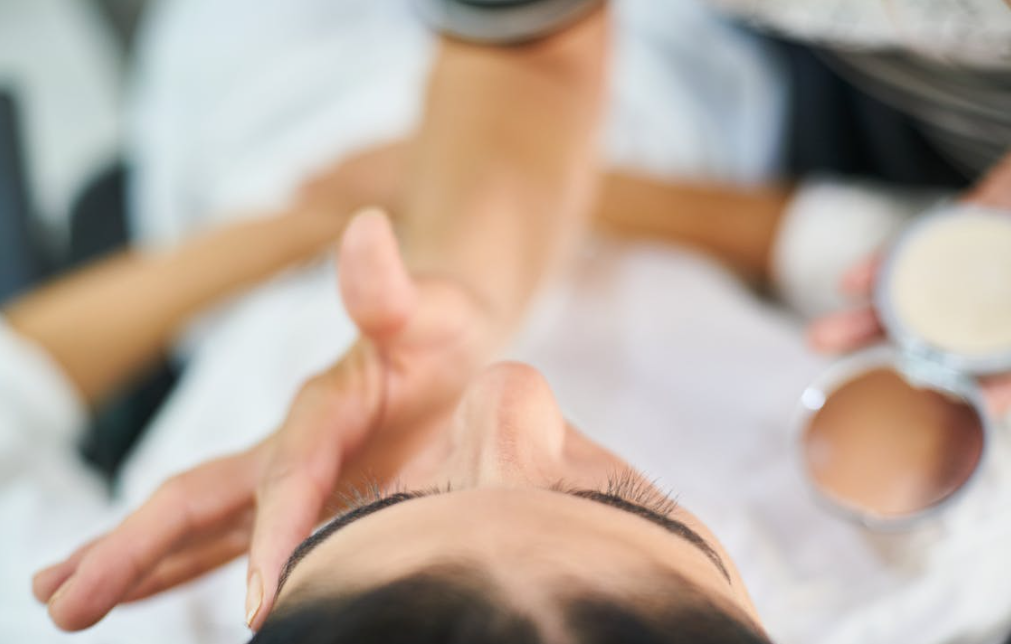Introduction
Eco-friendly beauty has transcended being just a trend; it’s now a movement towards a more conscious and sustainable approach to skincare and cosmetics. In this guide, we’ll explore the world of clean and sustainable beauty, understanding its significance in today’s environmentally-aware society.
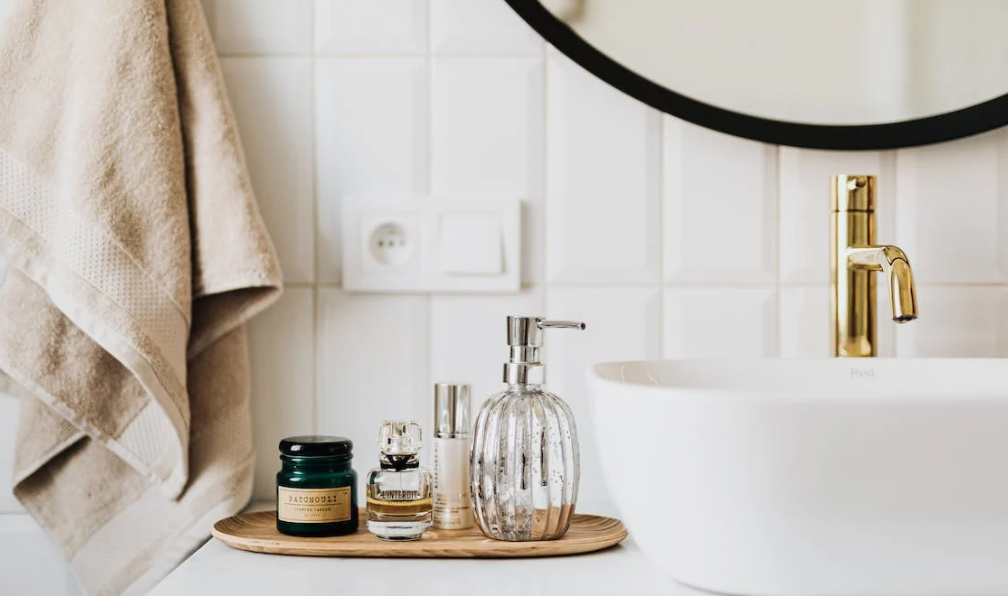
The Rise of Eco-Friendly Beauty Brands
As consumers become more informed and conscientious, the demand for eco-friendly beauty products has surged. This shift in consumer behavior has propelled the growth of brands committed to ethical sourcing, production, and overall sustainability.
Ingredients Matter: Natural and Organic Formulations
Clean beauty emphasizes the use of natural and organic ingredients, steering clear of harmful chemicals. It’s about harnessing the power of nature to enhance our beauty routines while safeguarding our health and the environment.
Packaging Innovations: Going Beyond Plastic
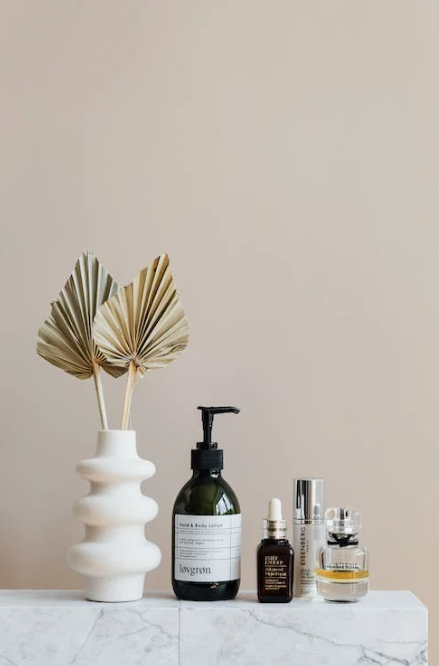
Sustainable packaging is a cornerstone of eco-friendly beauty. Brands are now pioneering the use of biodegradable, compostable, or even reusable materials, reducing the environmental impact of beauty product packaging.
Cruelty-Free and Vegan: Ethical Practices in Beauty
Ethical beauty practices extend to ensuring products are cruelty-free and vegan. This means no animals are harmed or used in testing, and formulations exclude animal-derived ingredients.
Transparency and Certifications: Trustworthy Labels
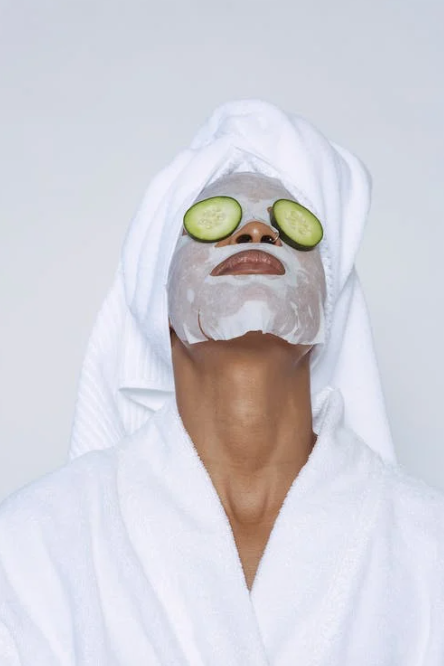
Certifications from recognized organizations play a crucial role in authenticating a brand’s commitment to sustainability. Transparency in sourcing, production, and labeling builds trust with eco-conscious consumers.
Community and Environmental Impact
Eco-friendly beauty brands often go the extra mile by supporting local communities and minimizing their environmental footprint. Their practices have a positive ripple effect on both a local and global scale.

Clean Beauty for All: Accessibility and Affordability
Sustainable and clean beauty shouldn’t be a luxury. Inclusivity in eco-friendly beauty means offering options that cater to various budgets, ensuring that everyone can make choices that align with their values.
The Challenge of Greenwashing: Navigating the Market
With the surge in popularity of eco-friendly beauty, distinguishing genuine brands from those engaged in greenwashing becomes essential. Understanding the red flags helps consumers make informed choices.
DIY and Homemade Beauty: A Sustainable Alternative
For those seeking the ultimate in sustainability, creating your own beauty products at home can be an empowering and environmentally-conscious choice. However, it’s vital to do so safely and effectively.
Case Studies: Leading Eco-Friendly Beauty Brands
Exploring the journeys and contributions of pioneering eco-friendly beauty brands offers insights into the possibilities and impact of sustainable practices within the industry.
The Future of Eco-Friendly Beauty: Trends and Innovations
As technology advances and consumer preferences evolve, the future of eco-friendly beauty holds exciting possibilities. From innovative ingredients to sustainable packaging, the industry is poised for positive change.
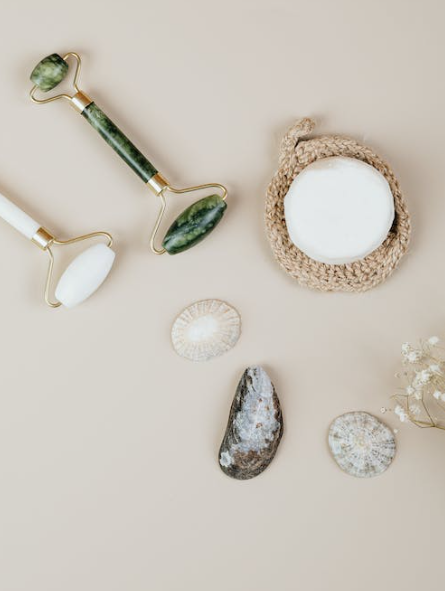
Empowering Consumers: Making Informed Choices
Armed with knowledge, consumers have the power to drive change in the beauty industry. Researching brands and products, and advocating for sustainable choices, contributes to a greener future.
Conclusion: Embracing a Greener Beauty Routine
Embracing eco-friendly beauty is more than a personal choice; it’s a collective effort towards a more sustainable future. Every decision we make in our beauty routines can have a positive impact on the environment and our well-being.
FAQs
Q1: How can I identify if a beauty brand is truly eco-friendly?
Look for certifications from reputable organizations, check for transparent sourcing and production practices, and research the brand’s commitment to sustainability.
Q2: Are eco-friendly beauty products as effective as conventional ones?
Yes, eco-friendly beauty products often harness the power of natural ingredients that can be just as effective, if not more so, than their conventional counterparts.
Q3: What are some common greenwashing red flags?
Watch out for vague or misleading claims, lack of transparent information, and certifications that are not from recognized organizations.
Q4: Can I make my own beauty products at home? Is it safe?
Yes, you can make your own beauty products at home, but it’s essential to follow safe and reputable recipes, and ensure you’re using ingredients suitable for your skin type.
Q5: How can I advocate for sustainable beauty practices?
Share your knowledge with friends and family, support eco-friendly brands, and engage with beauty companies to encourage more sustainable practices.
